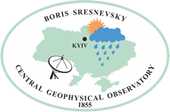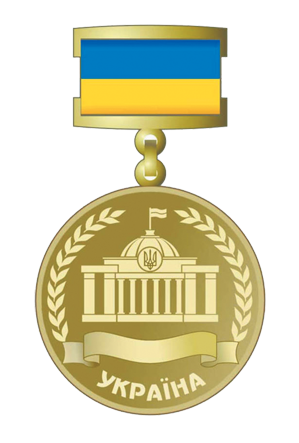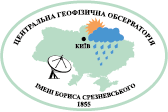H Kyiv
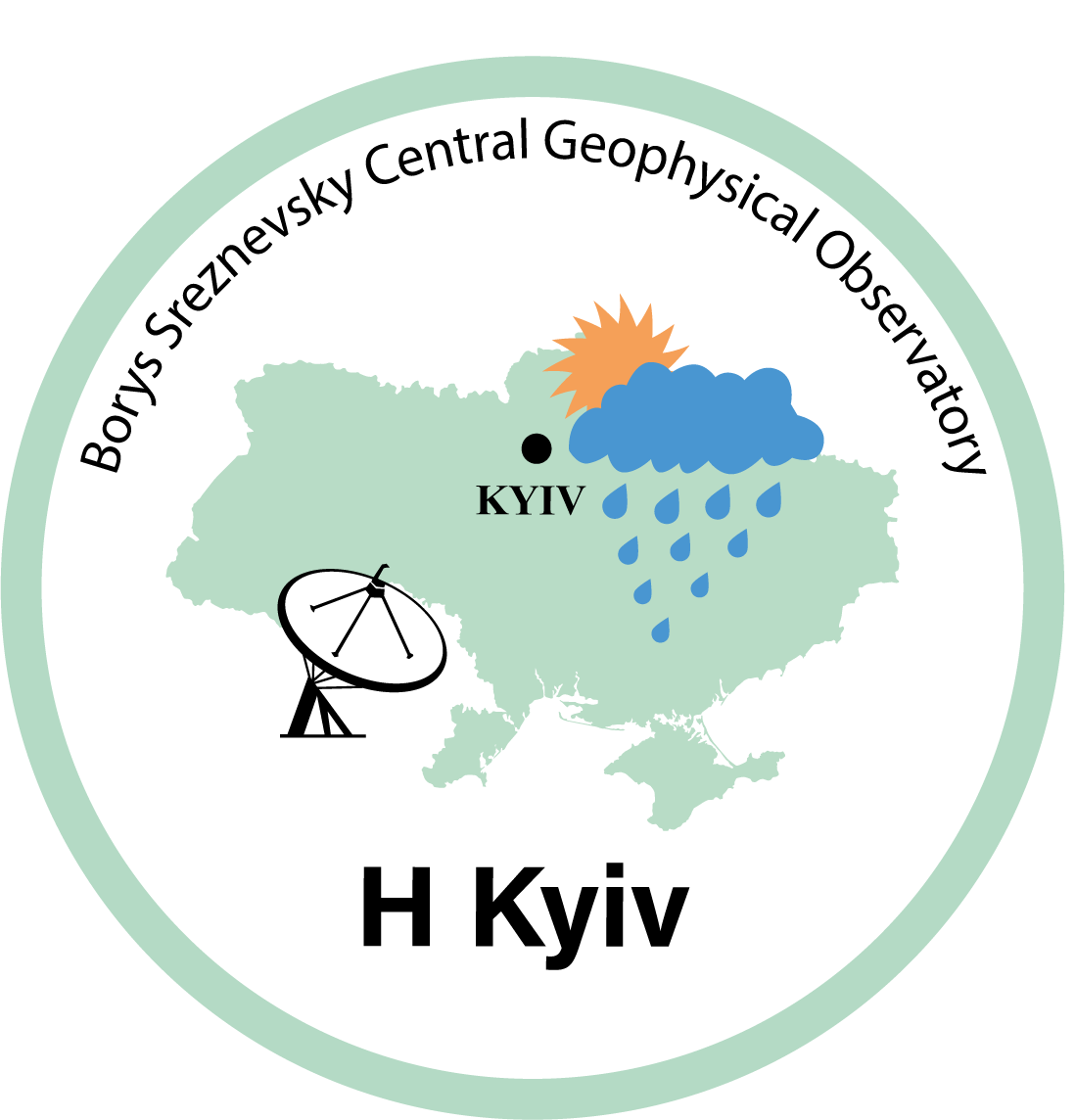
tel. (044) 233 61 57
| Facebook page of the station: facebook.com/GydroKyiv |
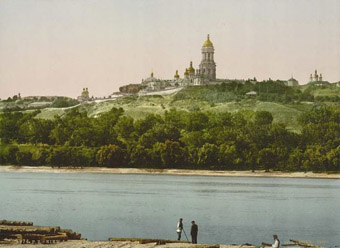 In 1912, the Hydrometric Unit was organized at the Waterways Department of the Ministry of Railways. And in 1913, the hydrometric unit was organized in the Land Management Department of the Main Directorate of Agriculture and Land Management. At that time, the hydrological station had different subordination: the Department of Railways, the Hydrometric Department, and the Hydrometric District, but the main governing body was the technical section. In the late thirties, to ensure that hydrological research work was carried out on the ground, hydrological observatories were established on the basis of first-class hydrological stations in Kyiv, Alma-Ata, and Khabarovsk.
In 1912, the Hydrometric Unit was organized at the Waterways Department of the Ministry of Railways. And in 1913, the hydrometric unit was organized in the Land Management Department of the Main Directorate of Agriculture and Land Management. At that time, the hydrological station had different subordination: the Department of Railways, the Hydrometric Department, and the Hydrometric District, but the main governing body was the technical section. In the late thirties, to ensure that hydrological research work was carried out on the ground, hydrological observatories were established on the basis of first-class hydrological stations in Kyiv, Alma-Ata, and Khabarovsk.
After the war, the Kyiv Hydrological Station was re-established in the old building of the Ukrainian Hydrometeorological Service of the USSR at 21 Volodymyrska Street, occupying a corner of the Geophysical Observatory. In 1953, the station staff was transferred to Zolotovoritska Street, to the building of the USSR Hydrometeorological Service, to the basement near the archive.
On December 27, 1949, permission No. 3060 was obtained from the Kyiv City Executive Committee to allocate a plot of land for construction on Hydropark Island. Architect V. Barzylevych developed an exciting project of a three-story office building. The total construction area was supposed to be 650 m2, but the final land allotment was approved on July 9, 1957, by the Kyiv City Council on July 9, 1957, No. 1129. In the same year, construction began and lasted until 1959, when the main building was virtually completed, except for the heating system and some minor repairs. A little later, the building was put into operation and brought to completion thanks to the persistent efforts of the station manager, I.I. Okunev.
In the postwar years, the station was managed by S.D. Nyhrei, H.I. Sviridenko, I.I. Okuniev and M.D. Dymskyi.
For a long time, from 1967 to 1984, the station was headed by a well-known hydrologist and a deeply decent person - Arseniy Kalenikovych Melnyk, who started his career at the Kyiv GS in 1946 and finished in 1996.
The station became the basic one in Ukraine for hydrological research, implementation of scientific developments, and a forge of professional staff.
Many students from different countries and nations did their internships at this station, where they significantly expanded their knowledge and skills.
For many, it was a launching pad for their future careers. Particularly noteworthy are N. Gladkov, L. Doroshenko, V. Kozhemiakin, V. Leonenko, V. Lipinsky, N. Sakevych, N. Stetsenko, O. Skoropad, E. Shulipenko, and many others who made a great contribution to the development of the station and continue to keep in touch with it.
In March 1984, the station was headed by Oleg Serebryakov, and in 1985 the station was recognized as the best in the USSR Hydrometeorological Service and awarded a transitional honorary pennant.
In 1986-1991, the Kyiv station was headed by A. Akhrameyev, A. Grabchak and O. Miroshnychenko. In the first days after the Chornobyl accident, many employees took part in the liquidation of its consequences. A part of the expedition of the NPO "Typhoon" from Obninsk was temporarily accommodated in the premises of the Kyiv GS.
In August 1991, O.V. Serebryakov returned to the position of the head.
In 2018-2022 the station was headed by Stanislav Leonidovych Kiptenko. From June 2022 to the present, Ihor Borysovych Giriy has been in charge since then.
Currently, there are 49 employees, including 29 observers. The station consists of 2 sectors - river and lake.
The main tasks of the station are organizational and methodological management of the adjacent network, study of the hydrometeorological regime of water bodies in the Upper and Middle Dnipro basin; processing and systematic analysis of observation results; preparation of WQS materials and water balances; sampling of surface water for hydrochemical and hydrobiological indicators; systematic monitoring of air pollution.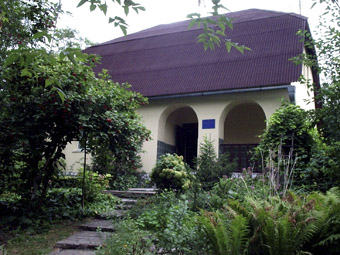
For the past 110 years, the station has lived with the country. The Civil War - three employees went to the front, 10 people went to the Great Patriotic War, two heads Kamarnitsky S.K. and Marchynsky I.F. suffered in the repressions of the 30s, during the Holodomor, hydrometeorological observers were rescued in the villages.
They built developed socialism and fought against cosmopolitanism. 3 employees of the station served and worked in Afghanistan, 7 employees took part in the liquidation of the Chernobyl accident, 4 people conducted research in Antarctica, and 3 employees are now defending Ukraine from the Russian invader.
The staff of the station works steadily and is staffed by qualified specialists. A number of the station's employees have been working here for decades: V.A. Akhrameev, G.V. Nedohibchenko, O.D. Prykhodko, I.S. Serebryakova and D.O. Serebryakov). Some hydrological posts are run by family dynasties with more than 50 years of experience: Mostyshche gauging station (GC) on the Irpin River - Yurchenko family; Ukrainka GC on the Irsha River - Matskevych family; Pischane GC on the Supiy River - Shupan family; Zdorovka GC on the Stuhna River - Bortnytskyi family.





